Rainforests are home to some of the most unique and endangered species on Earth, but many of these creatures are struggling to survive due to habitat destruction, illegal hunting, and climate change. As deforestation continues to accelerate, countless species are losing their homes and access to vital resources, pushing them closer to extinction. From majestic predators like jaguars to tiny amphibians like poison dart frogs, the future of these animals hangs in the balance.
Jaguar
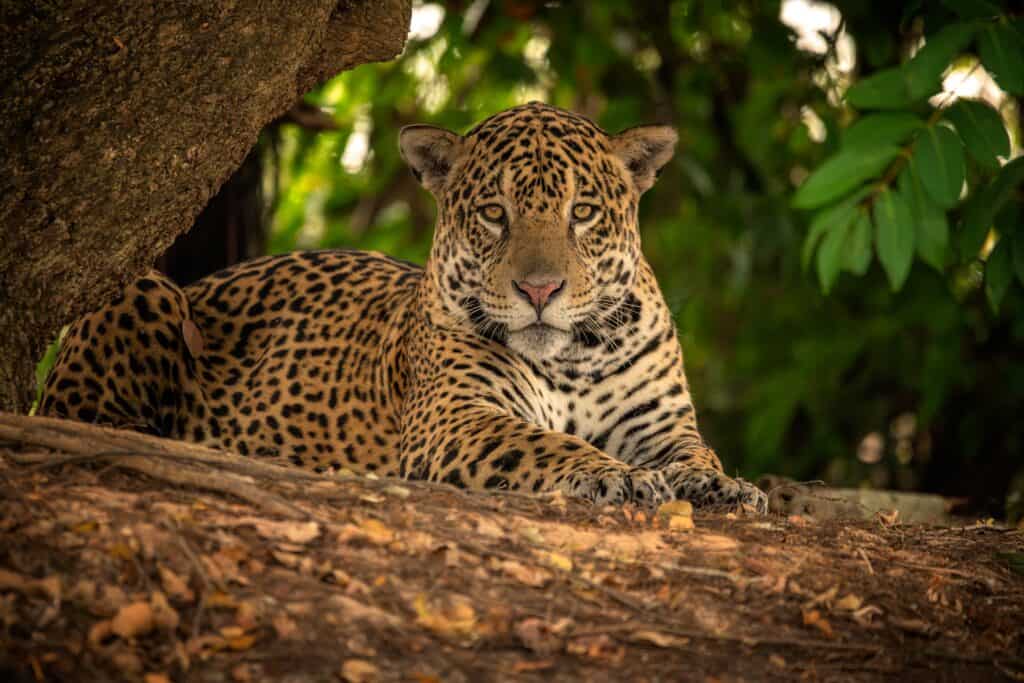
The jaguar, one of the Amazon rainforest’s most iconic species, is rapidly losing ground due to habitat destruction, poaching, and illegal trade. With an estimated decline of 25% over the last two decades, these majestic cats are facing unprecedented threats. They require vast territories, and deforestation for agriculture and logging has fragmented their habitats, isolating populations and reducing their access to prey. Poaching, whether for their pelts or as retaliation for livestock predation, further diminishes their numbers. Illegal wildlife trade also contributes significantly, as they are often targeted for their bones and teeth, which are used in traditional medicine markets. Their struggle is compounded by the construction of infrastructure like roads, which cut through the rainforest, hindering their movement and access to food sources. Conservation efforts are in place, but the jaguar’s survival is dependent on preserving large, interconnected habitats. In addition to habitat loss, climate change is also reshaping the jaguar’s environment. Rising temperatures and shifting rainfall patterns are altering the prey availability in their shrinking habitats, further threatening their survival.
Harpy Eagle
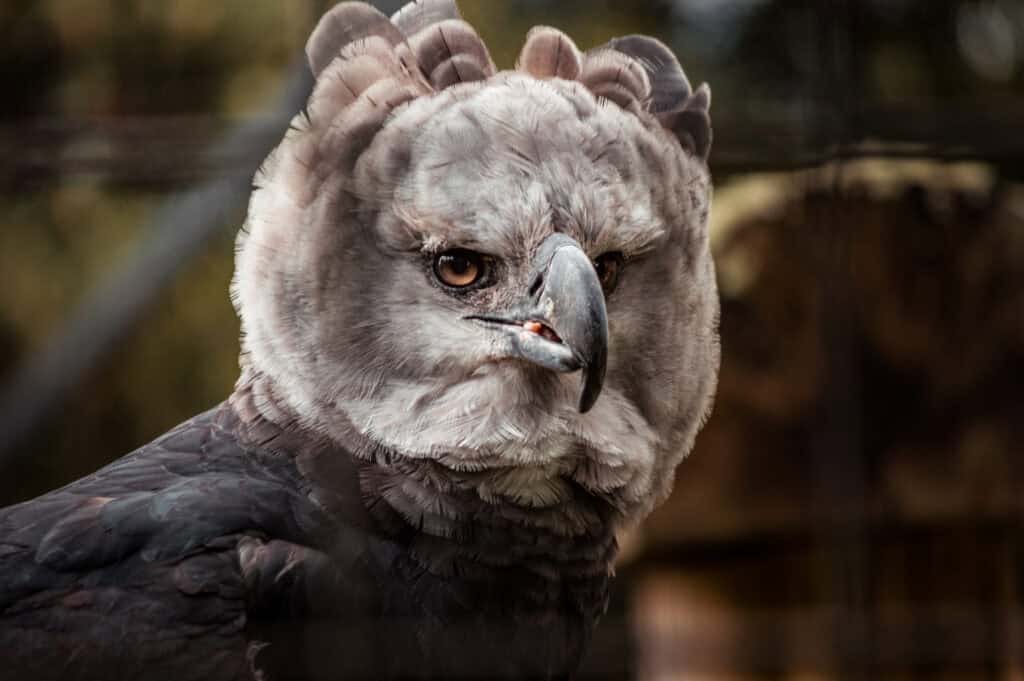
The harpy eagle, one of the largest and most powerful eagles in the world, is facing severe population declines in the Amazon rainforest. Deforestation is the primary threat, as these birds rely on vast tracts of untouched rainforest to hunt and nest. With large swathes of their habitat being cleared for agriculture and logging, they are losing both their food sources and the towering trees they need for nesting. They are also slow breeders, with pairs producing only one chick every two to three years, making population recovery difficult. The loss of habitat has forced some harpy eagles to venture closer to human settlements, where they are vulnerable to hunting. In some areas, local farmers see them as a threat to livestock, further compounding the risk.
South American Tapir
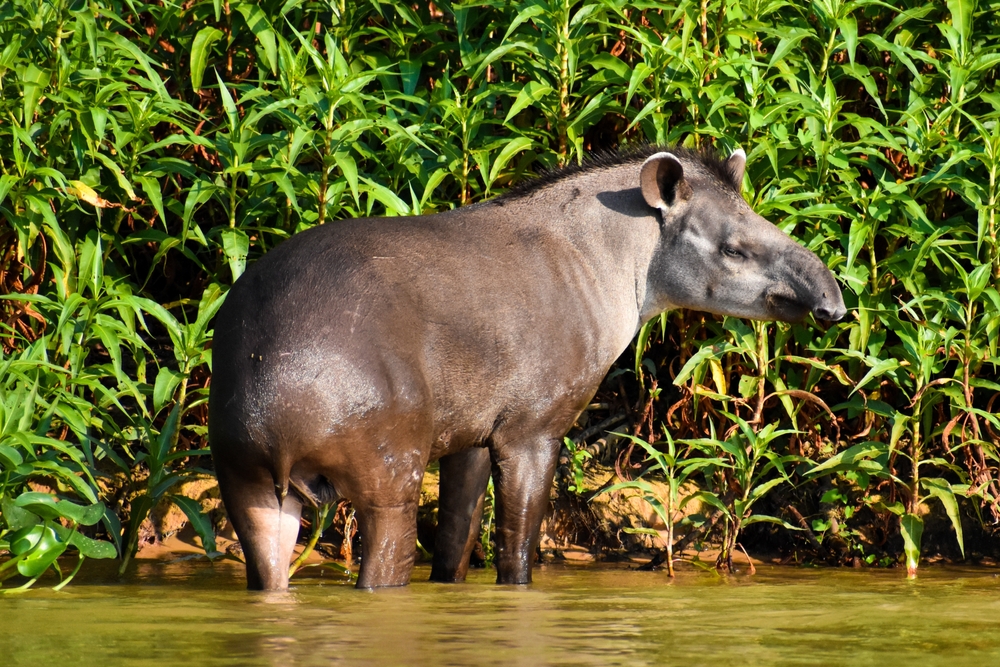
The South American tapir, a keystone species in the rainforest ecosystem, is struggling due to habitat destruction, hunting, and deforestation. This herbivorous mammal plays a critical role in seed dispersal, helping to maintain the health and diversity of the forest. However, extensive logging and agricultural expansion have significantly reduced their habitat, pushing them to the brink of extinction in certain regions. In addition to habitat loss, they are frequently hunted for their meat and hide, further driving down their population numbers. Climate change also poses a threat, as changing weather patterns impact the availability of water and food in their natural habitats. In some parts of the Amazon, their populations have declined by as much as 60%, making their recovery increasingly difficult without coordinated conservation efforts.
Golden Lion Tamarin
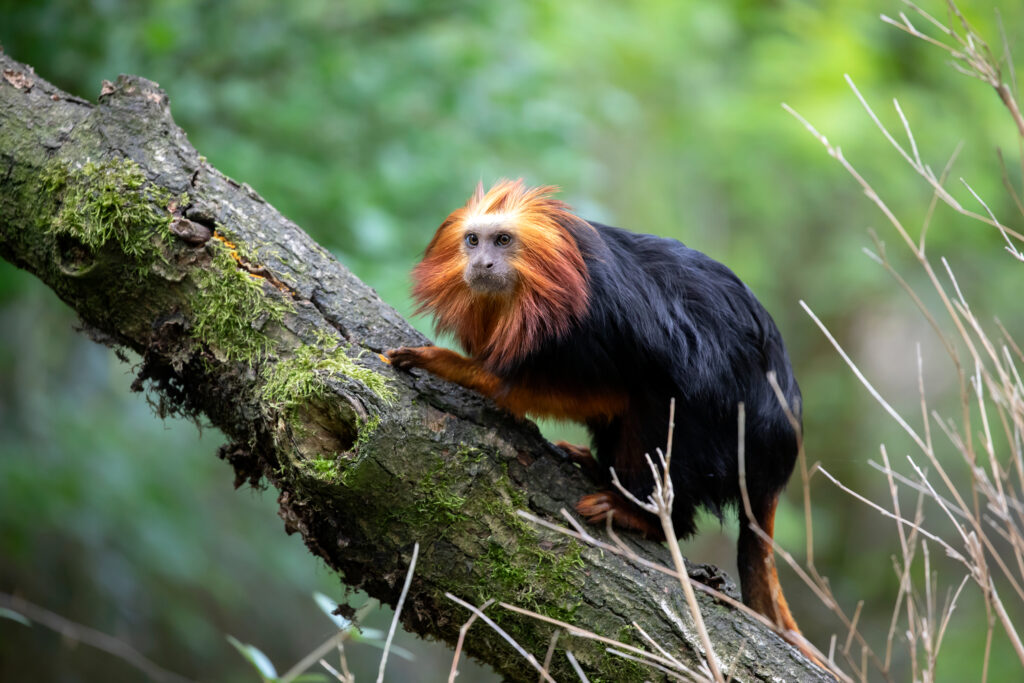
The golden lion tamarin, known for its striking golden fur, is one of the most endangered primates in the world, primarily due to habitat loss in Brazil’s Atlantic Forest. This small, social monkey once thrived in the vast rainforests, but deforestation for agriculture, logging, and urbanization has decimated their habitat. With less than 2% of the Atlantic Forest remaining, they have been pushed into isolated pockets of forest, which limits their ability to find food and mates. These fragmented habitats also increase their vulnerability to predators and disease. Conservation programs have been somewhat successful in reintroducing captive-bred tamarins into the wild, but without significant habitat restoration, these efforts may not be enough to ensure their long-term survival. In addition, illegal pet trade has also impacted their populations, as they are often captured and sold for their exotic appearance. They play a crucial role in seed dispersal, contributing to the regeneration of the forest. Their continued decline would not only result in the loss of a species but also disrupt the ecological balance of their habitat.
Poison Dart Frog
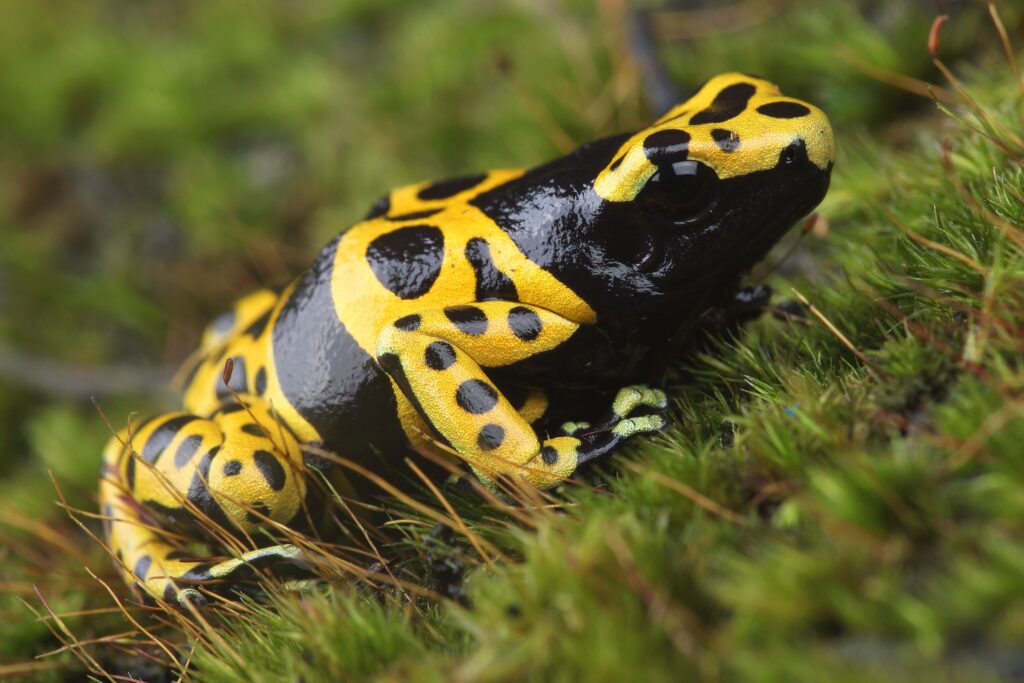
The poison dart frog, known for its vibrant colors and potent toxins, is another species at risk due to habitat destruction in the Amazon rainforest. These small amphibians thrive in the moist, dense environments of the rainforest, but deforestation and pollution are rapidly diminishing their habitats. As trees are cleared for logging and agriculture, they lose the shelter and moisture they need to survive. Additionally, water contamination from mining and agricultural runoff introduces harmful chemicals into their environment, affecting their health and reproductive success. Climate change is also a significant threat, as rising temperatures and altered rainfall patterns reduce the availability of the damp, cool microhabitats they depend on. They are also vulnerable to the chytrid fungus, a deadly pathogen that has already wiped out amphibian populations worldwide.
Giant Otter
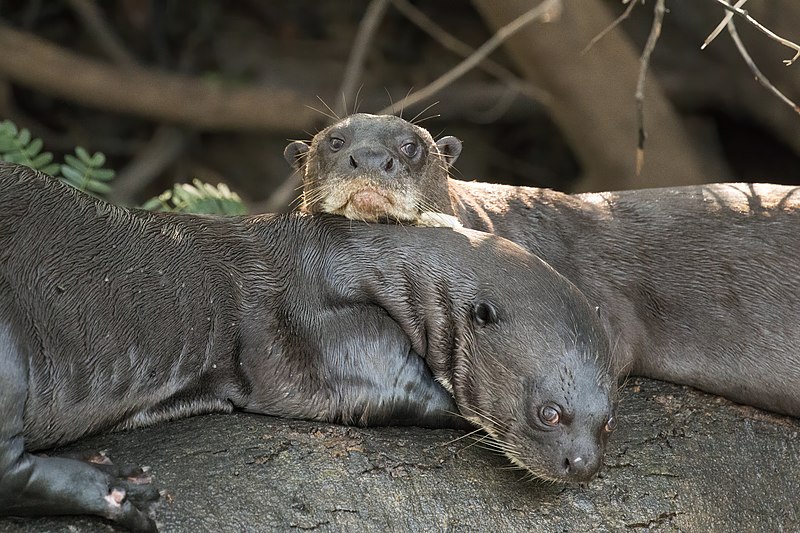
The giant otter, once widespread across South America’s waterways, is now endangered due to habitat destruction, pollution, and overfishing. These social and vocal creatures rely on clean, undisturbed rivers and lakes for hunting fish, but human activities like mining and agriculture have led to the contamination of their habitats. Mercury poisoning from gold mining is particularly harmful, affecting both the otters and their prey. Overfishing also threatens their survival, as it reduces the availability of fish, their primary food source. Additionally, they are often caught in fishing nets, leading to accidental deaths. Deforestation along riverbanks further exacerbates the problem, as it destroys their dens and reduces the natural cover they need to stay safe from predators.
Uakari Monkey
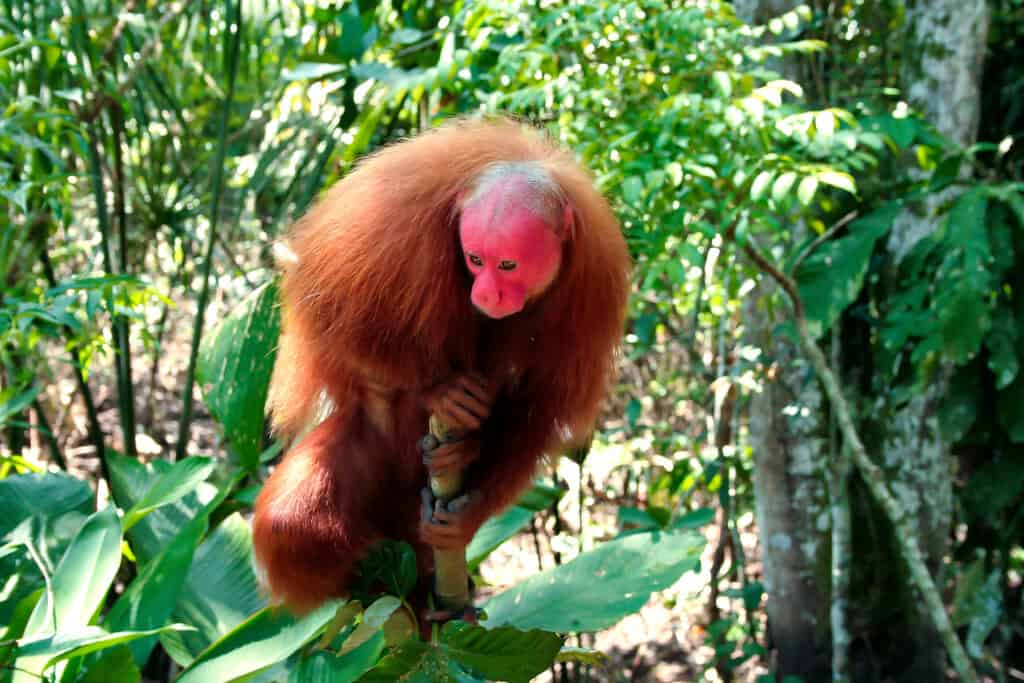
The Uakari monkey, native to the Amazon rainforest, is facing a steep population decline due to habitat loss and hunting. This distinctive primate, known for its bright red face and bald head, thrives in the floodplain forests of the western Amazon. However, extensive deforestation for agriculture and logging has destroyed much of their natural habitat, making it increasingly difficult for them to forage and nest. In addition to habitat loss, they are hunted for bushmeat, further endangering their already vulnerable populations. Their role as seed dispersers is critical to the health of the forest, but with fewer Uakaris in the wild, the regeneration of their habitat is also at risk.
Bornean Orangutan
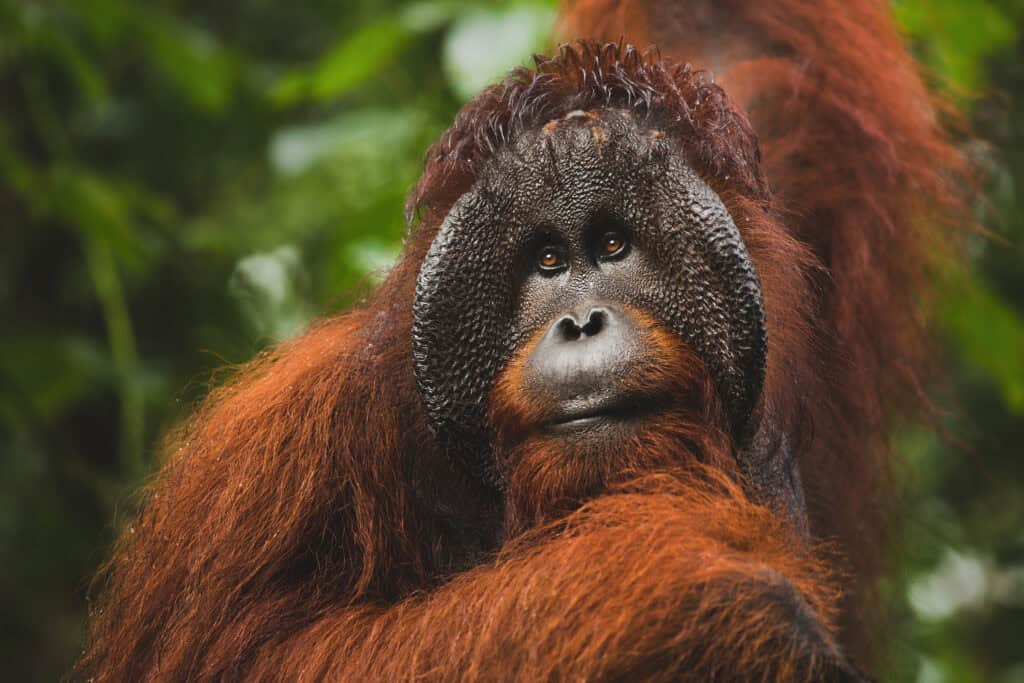
The Bornean orangutan, a critically endangered species, is suffering greatly due to deforestation and habitat fragmentation in Southeast Asia’s rainforests. These great apes are primarily arboreal, spending most of their lives in trees, but logging, palm oil plantations, and mining have drastically reduced their natural habitat. With fewer trees to swing between, their food sources—mainly fruit, bark, and insects—are also diminishing. They are also highly susceptible to hunting, both for bushmeat and illegal wildlife trade. Babies are often captured and sold as pets, which further endangers wild populations. Additionally, climate change is altering the rainforest’s ecosystem, affecting the availability of food and increasing the frequency of forest fires, which further degrade their habitat. The slow reproductive rate of orangutans, with females giving birth only once every seven to eight years, makes population recovery incredibly challenging.
Sumatran Tiger
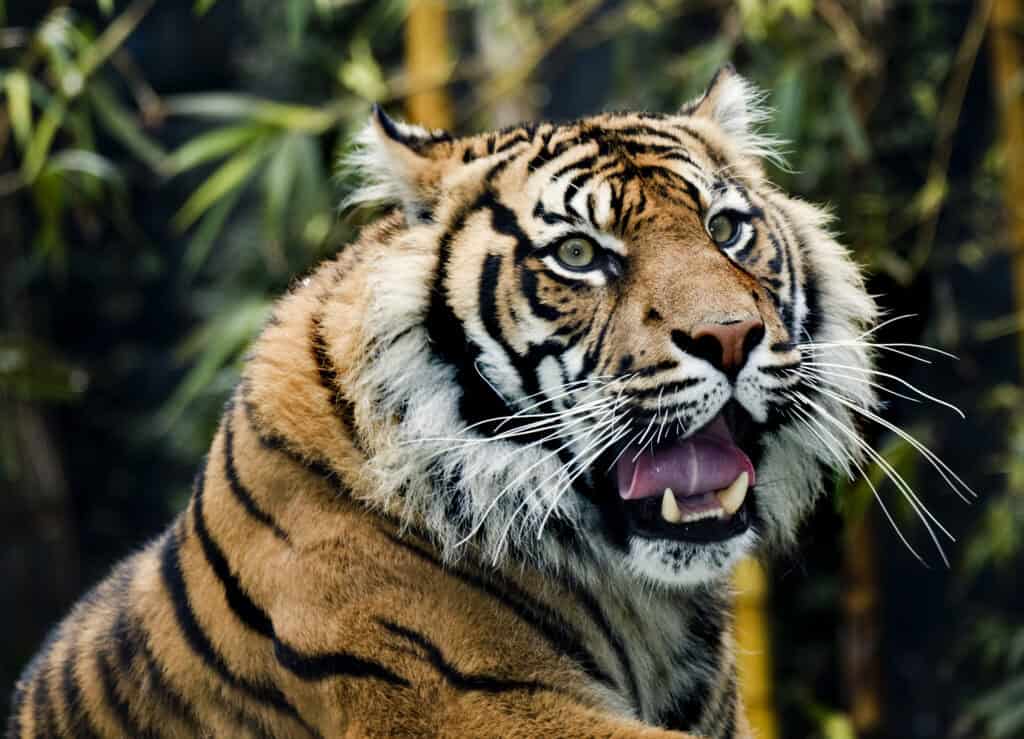
The Sumatran tiger, the smallest of all tiger subspecies, is critically endangered due to poaching and habitat loss in Indonesia’s rainforests. They are prized for their skins, bones, and other body parts, which are illegally traded on the black market for use in traditional medicine and as luxury goods. Habitat loss from deforestation and agricultural expansion, particularly for palm oil plantations, has significantly reduced their range, pushing the tigers into smaller, isolated populations. This fragmentation makes it difficult for them to find mates, reducing genetic diversity and increasing the risk of inbreeding. Additionally, human-wildlife conflict is a growing issue, as tigers are often killed in retaliation for attacking livestock. With fewer than 400 Sumatran tigers left in the wild, immediate action is needed to protect their remaining habitats and ensure their long-term survival.
Saola
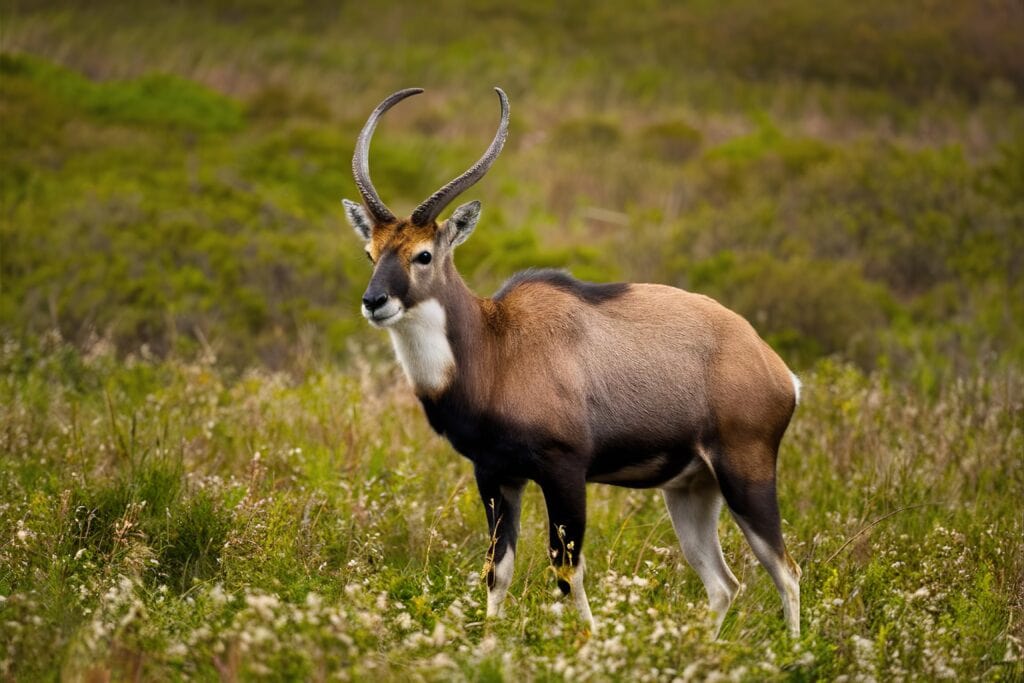
The saola, also known as the “Asian unicorn,” is one of the rarest and most elusive animals in the world, with only a few dozen individuals believed to be left in the wild. This critically endangered species inhabits the dense forests of the Annamite Mountains, straddling the border between Laos and Vietnam. The primary threats to them are habitat loss due to deforestation and illegal hunting. Though they are not targeted directly, they often fall victim to snares set for other animals, such as deer and wild pigs. Habitat fragmentation has also isolated populations, making it harder for these shy, solitary animals to find mates. Scientists are working on captive breeding programs to save the species, but without a concerted effort to eliminate poaching and restore their habitat, the saola may disappear before more is learned about them.
Brown Spider Monkey
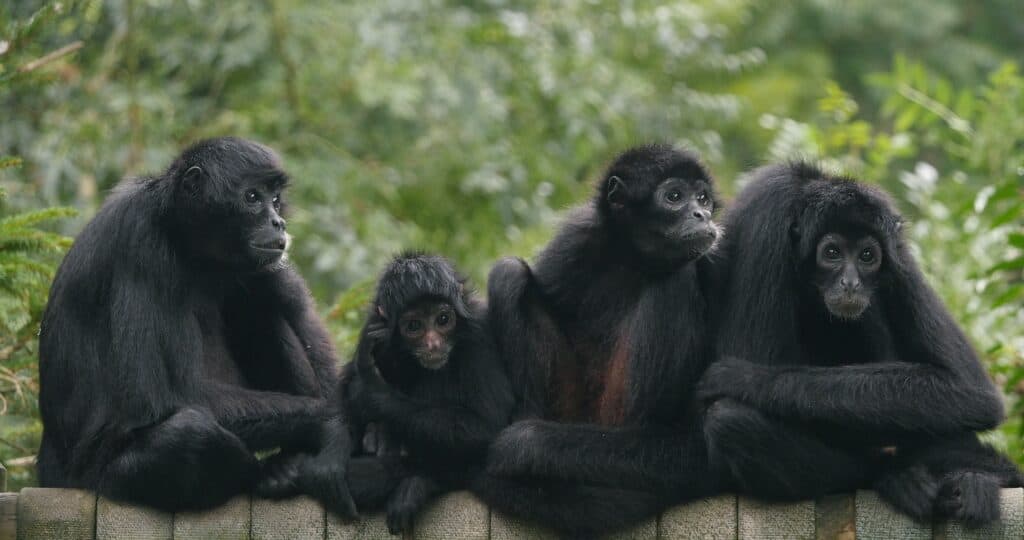
The brown spider monkey, native to the rainforests of northern Colombia and Venezuela, is critically endangered due to hunting and habitat loss. These primates are highly agile, relying on large tracts of undisturbed forest for foraging and travel, but deforestation for agriculture and logging has fragmented their habitats. As a result, they are often forced into smaller areas, increasing competition for food and leading to higher mortality rates. They are also hunted for their meat, further reducing their populations. Additionally, they play a crucial role in seed dispersal, helping to maintain the biodiversity of the rainforest. Without them, the health of the ecosystem could decline, as fewer seeds are spread across the forest floor.
Blue Poison Dart Frog
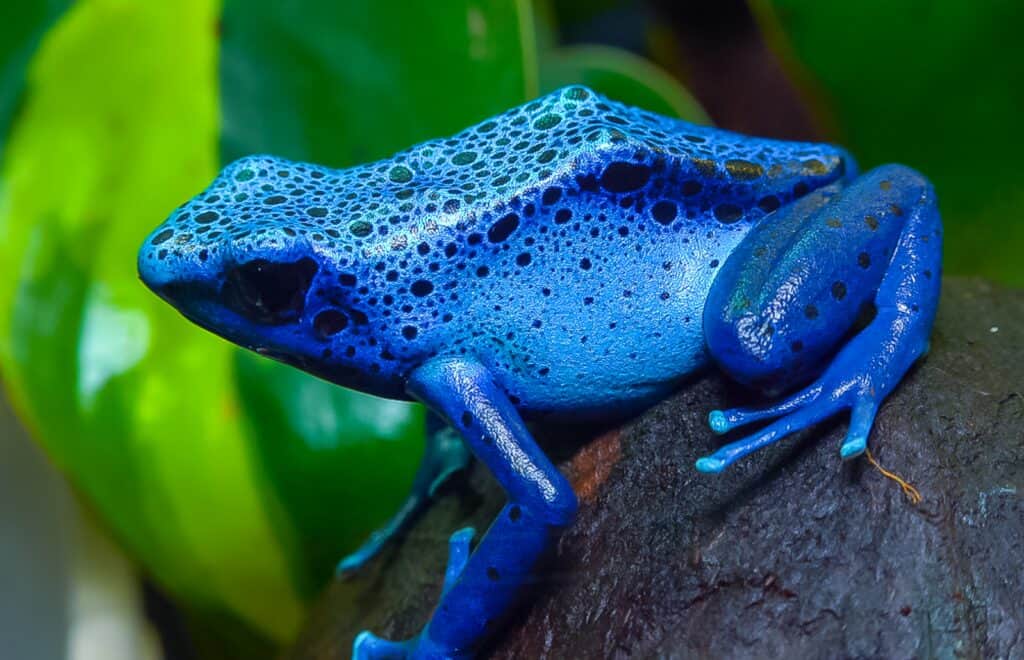
The blue poison dart frog, found in the rainforests of South America, is endangered due to habitat loss and pollution. These brightly colored amphibians are known for their toxic skin, which they use as a defense against predators. However, deforestation for logging and agriculture has significantly reduced their habitat, leaving them vulnerable to extinction. Its reliance on clean, moist environments makes it particularly susceptible to water pollution from agricultural runoff and mining activities. Climate change is also a significant threat, as rising temperatures and altered rainfall patterns reduce the availability of the damp habitats they need to survive. These frogs are also at risk from the illegal pet trade, where their vivid colors make them a popular target.
Madagascar Pochard
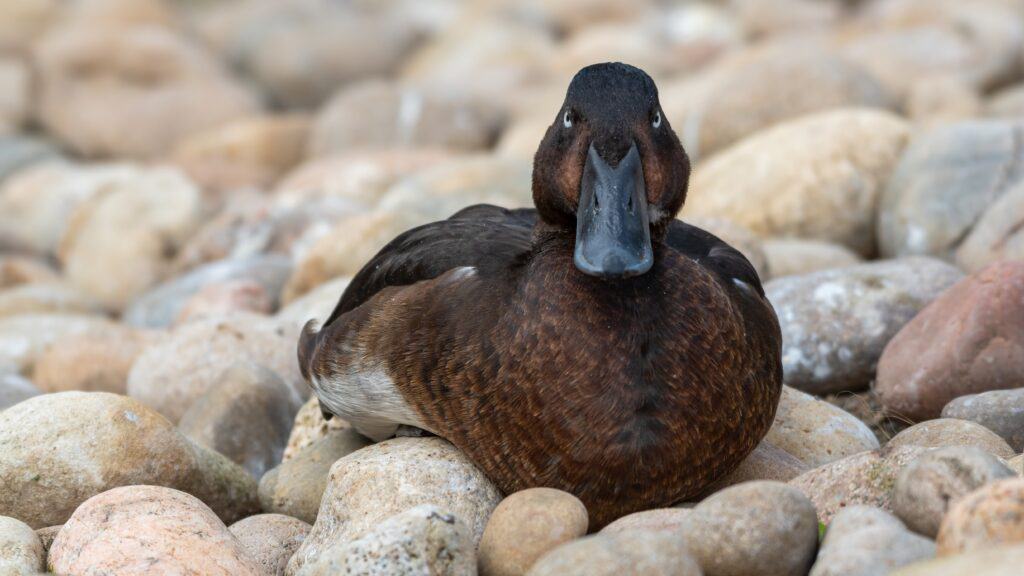
The Madagascar pochard, a critically endangered duck species, is struggling to survive due to habitat degradation and pollution. Once thought to be extinct, the species was rediscovered in 2006 in a remote lake in northern Madagascar. However, the pochard’s habitat has been severely impacted by deforestation, overfishing, and agricultural runoff, which has degraded the quality of the water they depend on for feeding and breeding. Invasive species, such as non-native fish, also compete with the pochard for food, further reducing their chances of survival. Conservationists have established captive breeding programs to try to bolster the wild population, but habitat restoration is crucial for their long-term survival. The Madagascar pochard now numbers fewer than 100 individuals in the wild, making it one of the rarest birds on Earth.
Pangolin
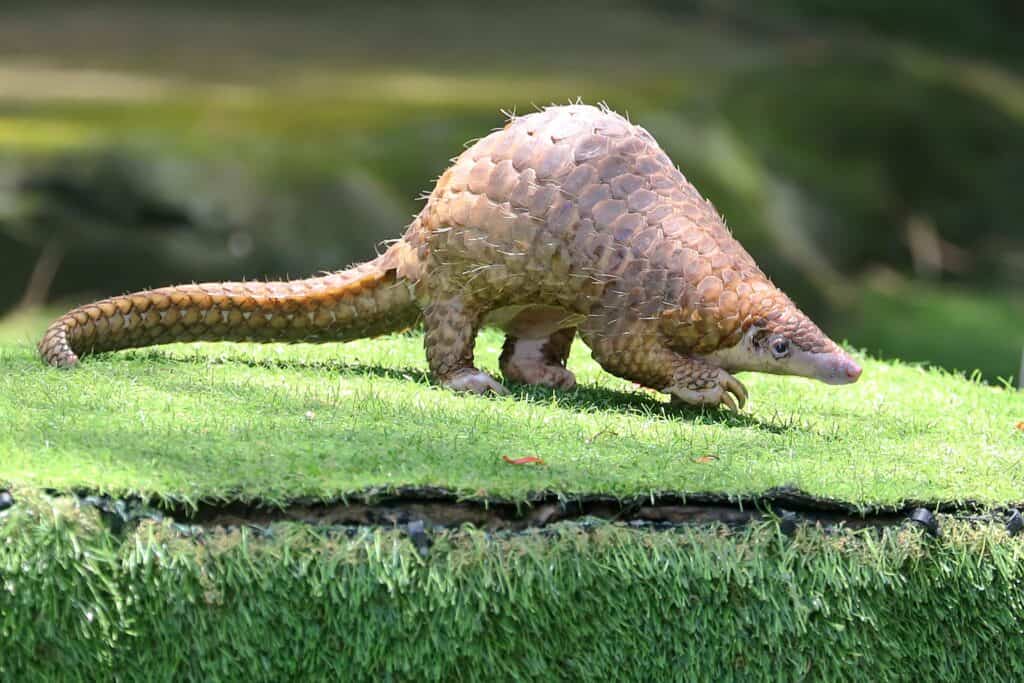
Pangolins, often referred to as the world’s most trafficked mammals, are critically endangered due to poaching and habitat loss. These solitary, nocturnal animals are prized for their scales, which are used in traditional medicine, and their meat, which is considered a delicacy in some parts of Asia. All eight species of pangolins are now threatened, with four species listed as critically endangered. Deforestation and agricultural expansion have also significantly reduced their habitat, leaving them vulnerable to poachers. They are slow to reproduce, with females giving birth to only one offspring at a time, making population recovery difficult. Pangolins play a crucial role in controlling insect populations, and their loss could have cascading effects on the ecosystems they inhabit.
Sumatran Rhinoceros
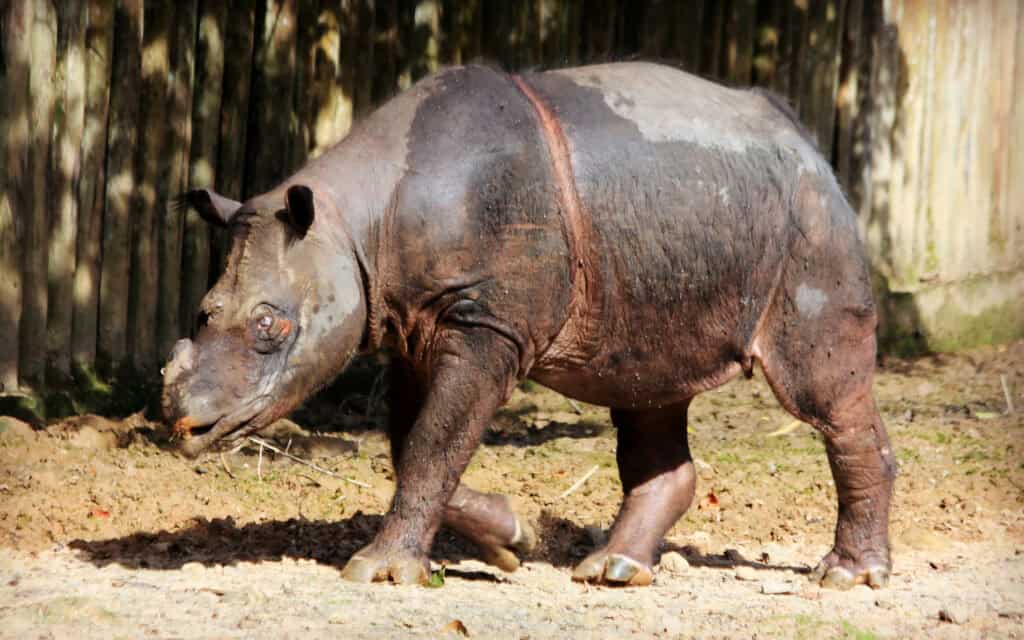
The Sumatran rhinoceros, the smallest and hairiest of all rhino species, is critically endangered, with fewer than 80 individuals left in the wild. Habitat loss due to deforestation and agricultural expansion is the primary threat, as these rhinos require large, undisturbed areas of forest to roam and find mates. Poaching for their horns, which are highly valued in traditional medicine, has also decimated their populations. The fragmentation of their habitat has led to isolated populations, making it difficult for rhinos to breed and reducing genetic diversity. Without urgent action, the Sumatran rhinoceros could disappear within the next few decades, marking the loss of one of the world’s oldest living mammal species.
This article originally appeared on Rarest.org.
More from Rarest.org
13 Unusual Architectural Wonders Hidden Around the World
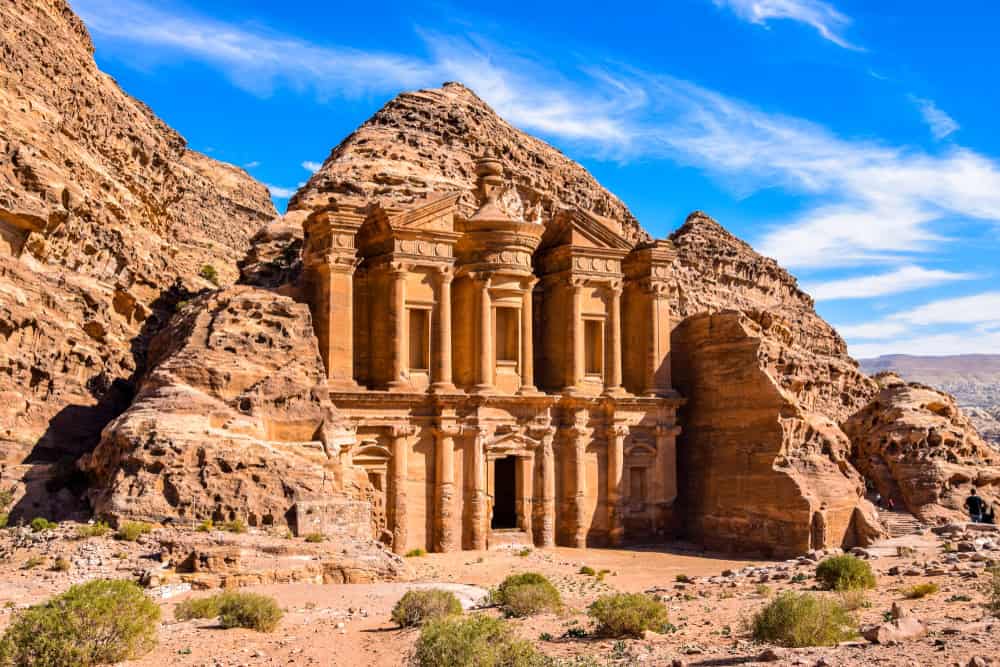
All around the world, hidden architectural wonders blend creativity, history, and ingenuity in ways that often go unnoticed by most travelers. These unusual structures can be found in remote locations, unexpected cities, or tucked away in natural landscapes. Read More.
13 Historic Olympic Performances That Captivated the World

The Olympics have produced countless moments that have left a lasting impact on both athletes and spectators. From record-breaking performances to displays of sheer determination, these events capture the true essence of human achievement. Read More.
11 Mysterious Cave-Dwelling Creatures You Never Knew Existed
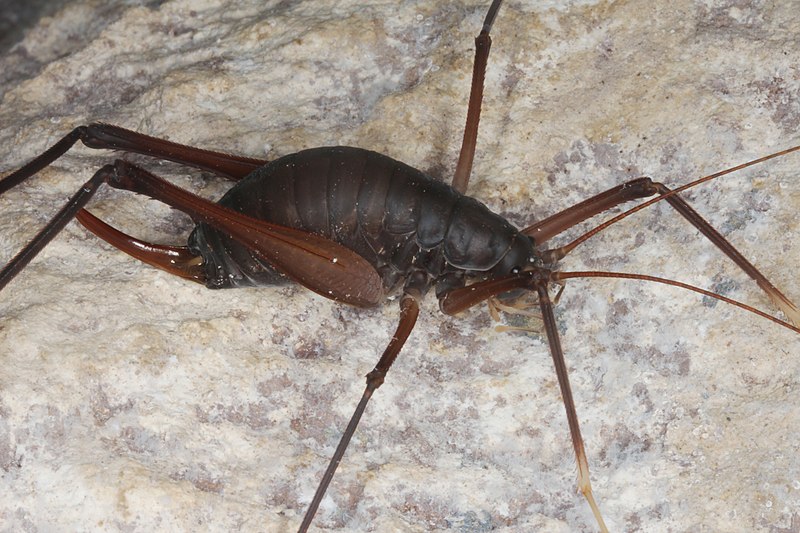
Beneath the earth’s surface lies a hidden world of caves, home to creatures that have evolved in complete darkness. These mysterious animals have adapted in remarkable ways, losing their vision, developing heightened senses, and finding ingenious methods to survive in harsh, nutrient-poor environments. Read More.
